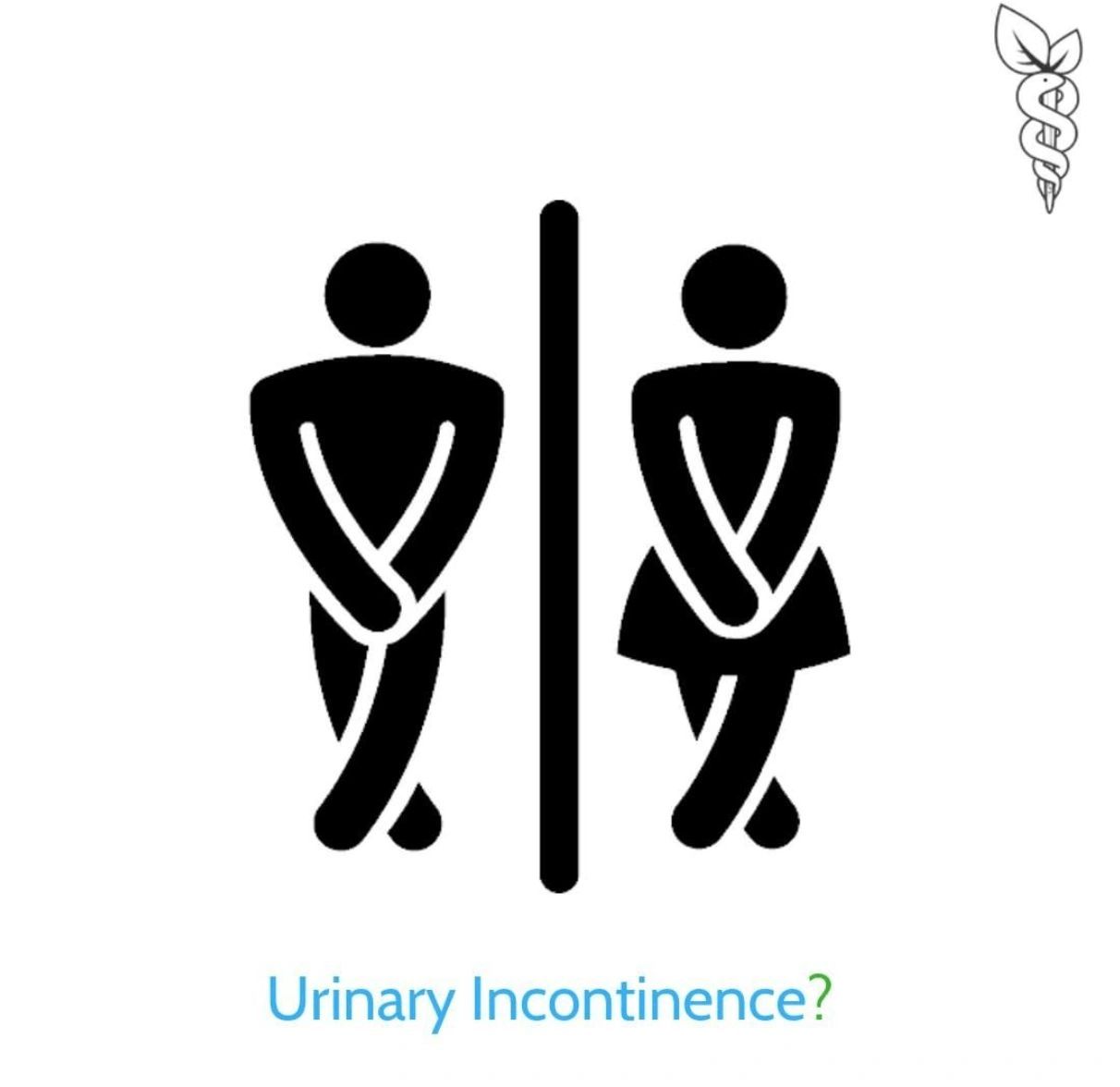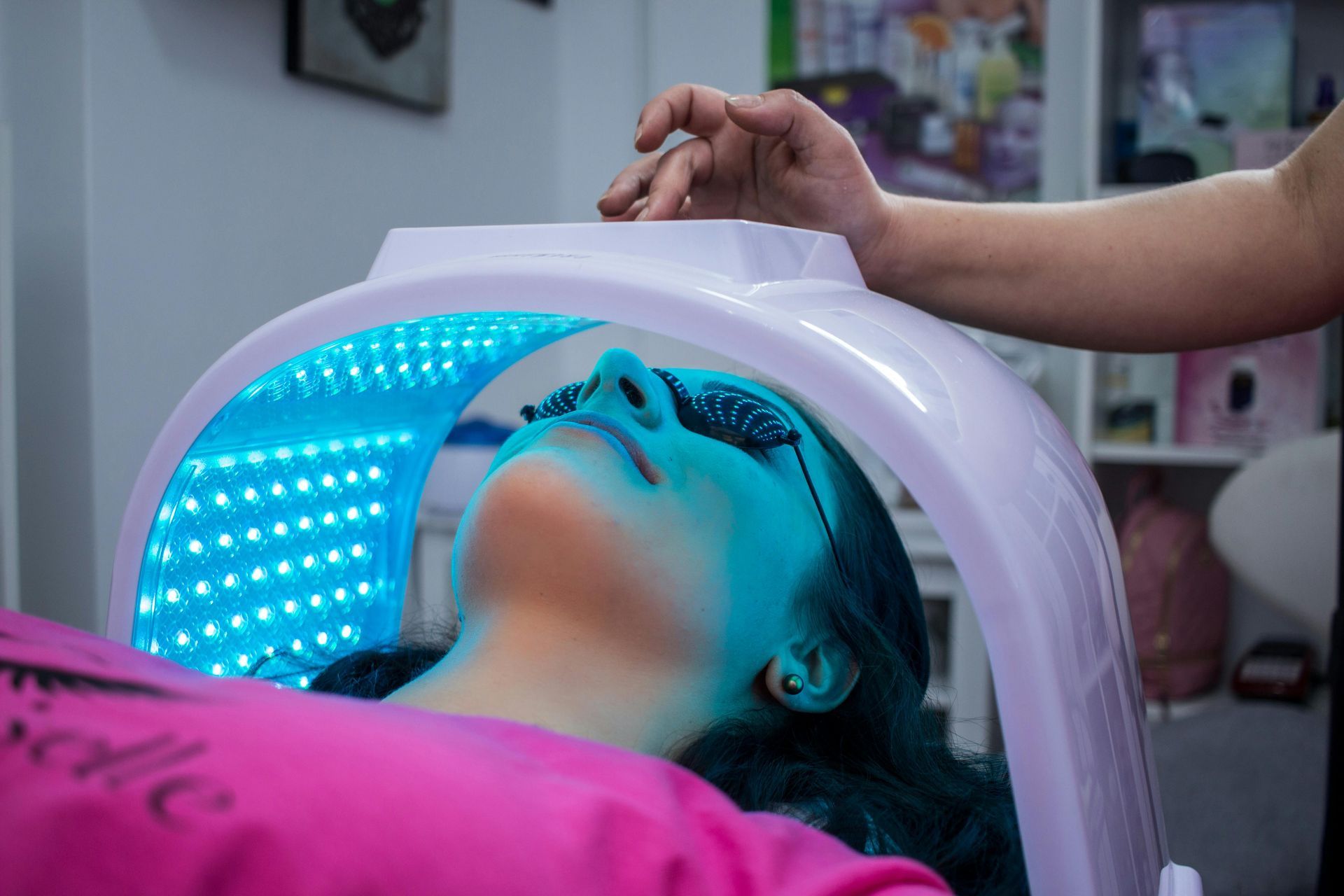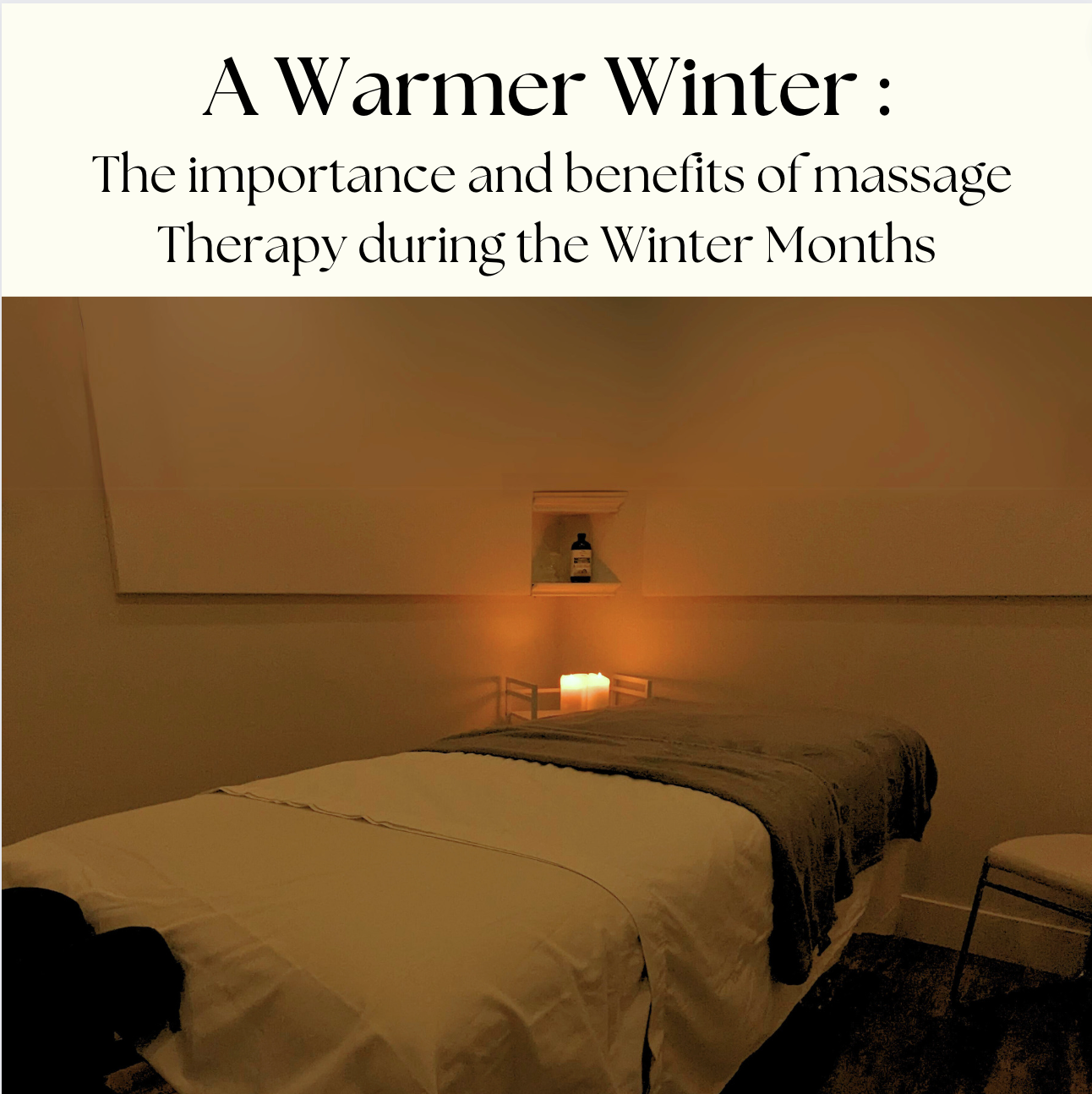Urinary Incontinence

Prevalence in Canada:
- 3.3 million Canadians suffer from incontinence
- 1 in 4 women are incontinent
- 1 in 9 men are incontinent; the most common cause of male incontinence is a radical prostatectomy
Pelvic Floor conditions can occur in both men in women. The reproductive system is closed in men, open in women. Beyond these differences, however, the muscles of the pelvic floor are shockingly similar between the two sexes.
Types of incontinence
- Stress Incontinence
- Urine leaks because of sudden pressure on your lower stomach muscles. This may happen when you cough, laugh, lift something, or exercise
- Functional Incontinence
- This type occurs when you have normal urine control but have trouble getting to the bathroom in time. You may not be able to get to the bathroom because of arthritis or other diseases that make it hard to move around.
- Overflow Incontinence
- uncontrollable leakage of small amounts of urine. It’s caused by an overfilled bladder. often occurs in men and can be caused by something blocking the urinary flow, such as an enlarged prostate gland or tumour. Diabetes or certain medicines may also cause the problem.
-
Pelvic Floor Therapist are trained to assess the integrity of the Pelvic floor and implement manual therapy and exercises to help regain control over your bladder and pelvic muscles

Irritable Bowel Syndrome (IBS) affects millions worldwide, causing discomfort and disruption to daily life. While its exact cause remains elusive, its symptoms – including abdominal pain, bloating, and irregular bowel movements – can be debilitating. Amidst the plethora of treatments available, one often overlooked yet promising approach is massage therapy.

Chiropractic treatment involves hands-on adjustments to the spine and other joints to alleviate pain and improve mobility. Addressing misconceptions is crucial for making informed decisions about healthcare. Common myths include thinking chiropractic is only for back pain, believing adjustments are dangerous, and assuming chiropractors aren't real doctors. Debunking these myths empowers individuals to explore chiropractic as a safe, evidence-based option for various health concerns. By clarifying misconceptions, people can make confident choices about incorporating chiropractic care into their wellness routines, enhancing overall health and productivity. Myth #1: Chiropractic treatment is only for back pain This misconception overlooks the comprehensive nature of chiropractic care. Beyond back pain, chiropractors can treat conditions like: neck pain, headaches, sprains/strains, tendinopathies, plantar fasciopathy, nerve entrapments, pain associated with arthritis, work and sport injuries. Chiropractors in medical clinics like The Village Health adopt a holistic approach, addressing back pain and various other health issues. Beyond back pain, chiropractic care can aid in managing headaches, neck pain, joint discomfort, and even certain types of migraines. Myth #2: Chiropractic adjustments are dangerous Addressing safety concerns is crucial when discussing chiropractic care. Contrary to popular belief, chiropractic adjustments carried out by qualified professionals are typically safe. Research shows that serious adverse events from chiropractic adjustments are rare, with most patients experiencing mild side effects such as temporary soreness or stiffness. Chiropractic adjustments often present lower risks than other medical interventions like surgeries or prescription medications. Additionally, many medical clinics integrate chiropractic services into their offerings, emphasizing their safety and effectiveness as part of a comprehensive healthcare approach. Chiropractors strive to provide adequate care while minimizing potential risks by emphasizing evidence-based practices and patient safety. Thus, understanding the evidence-based nature of chiropractic adjustments can help dispel the myth of their inherent danger. Myth #3: Chiropractors are not real doctors Chiropractors undergo extensive education and training, typically completing a four-year doctoral program after undergraduate studies. Their curriculum covers anatomy, physiology, neurology, and spinal manipulation techniques, among other subjects. While chiropractic education differs from medical school, both require rigorous coursework and clinical experience. Chiropractic professionals hold province-recognized licenses that allow them to diagnose and treat a variety of musculoskeletal conditions. Some medical clinics, recognizing the value of chiropractic care, employ chiropractors alongside traditional healthcare providers to offer comprehensive services. Conclusion Chiropractic treatment extends beyond back pain, addressing various health issues holistically. Concerns about the safety of chiropractic adjustments are unfounded, as evidence supports their effectiveness and low risk. Moreover, chiropractors undergo rigorous education and training, earning recognition as licensed healthcare professionals. Individuals must seek reliable information and make informed decisions about their healthcare. We encourage you to explore the benefits of chiropractic treatment for overall health and wellness, considering its role alongside traditional medical interventions. The Village Health offers comprehensive chiropractic services to improve your quality of life. Step towards optimal health and discover the difference chiropractic care can make in your well-being.









